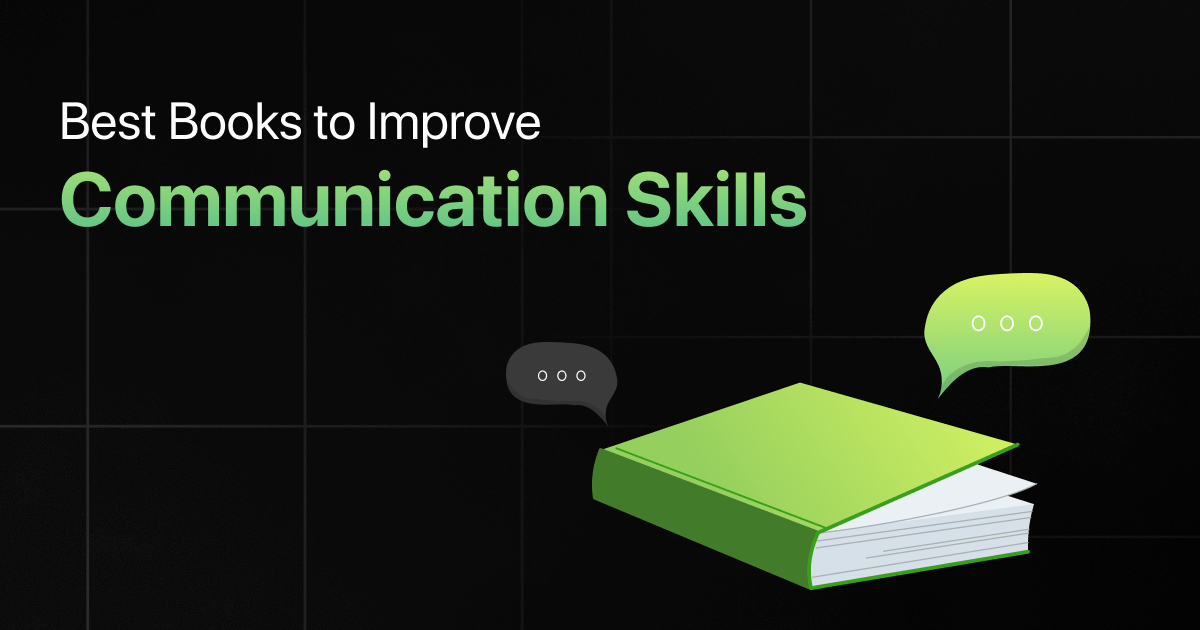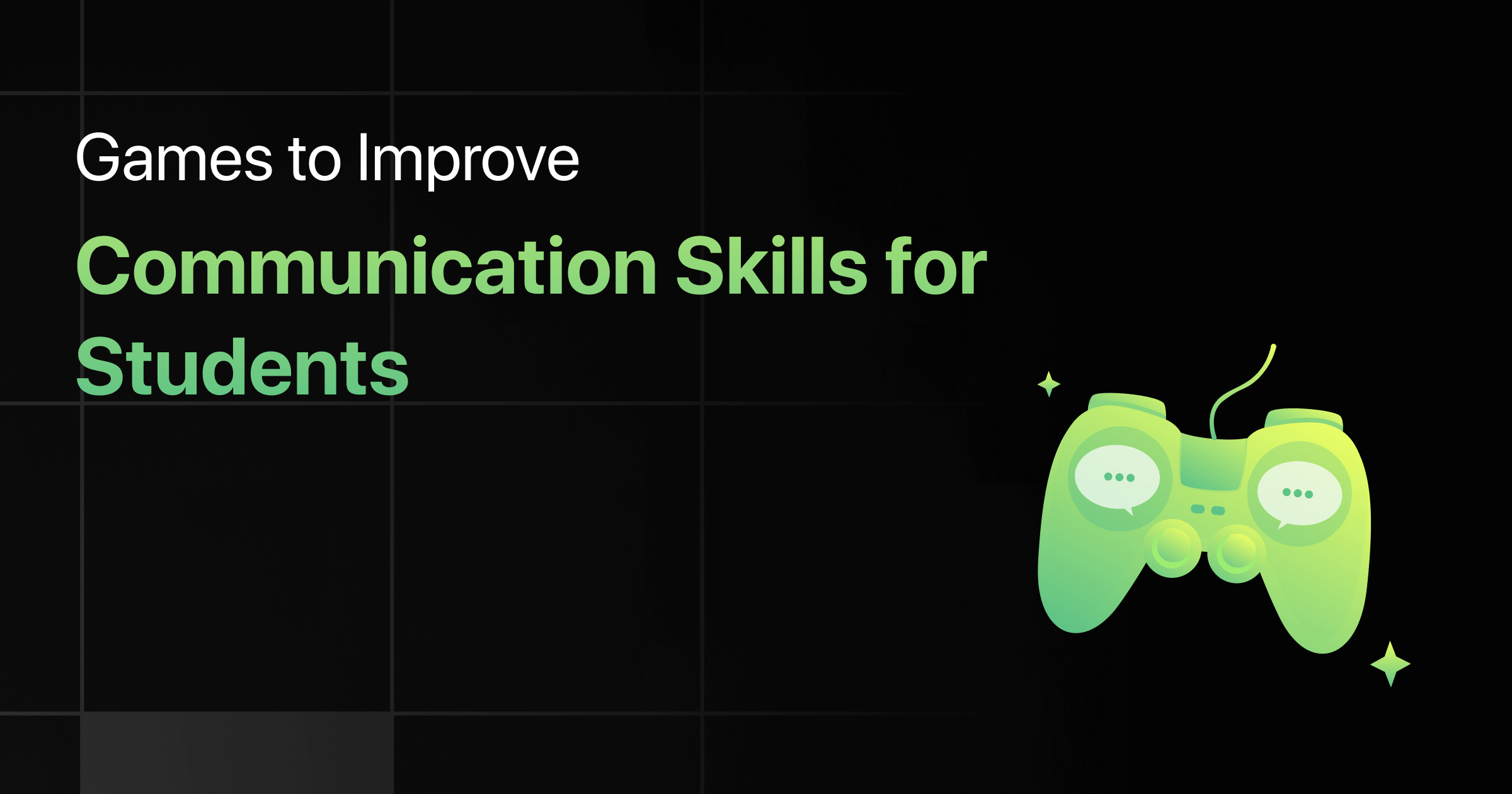Aims and Objectives of Communication Skills
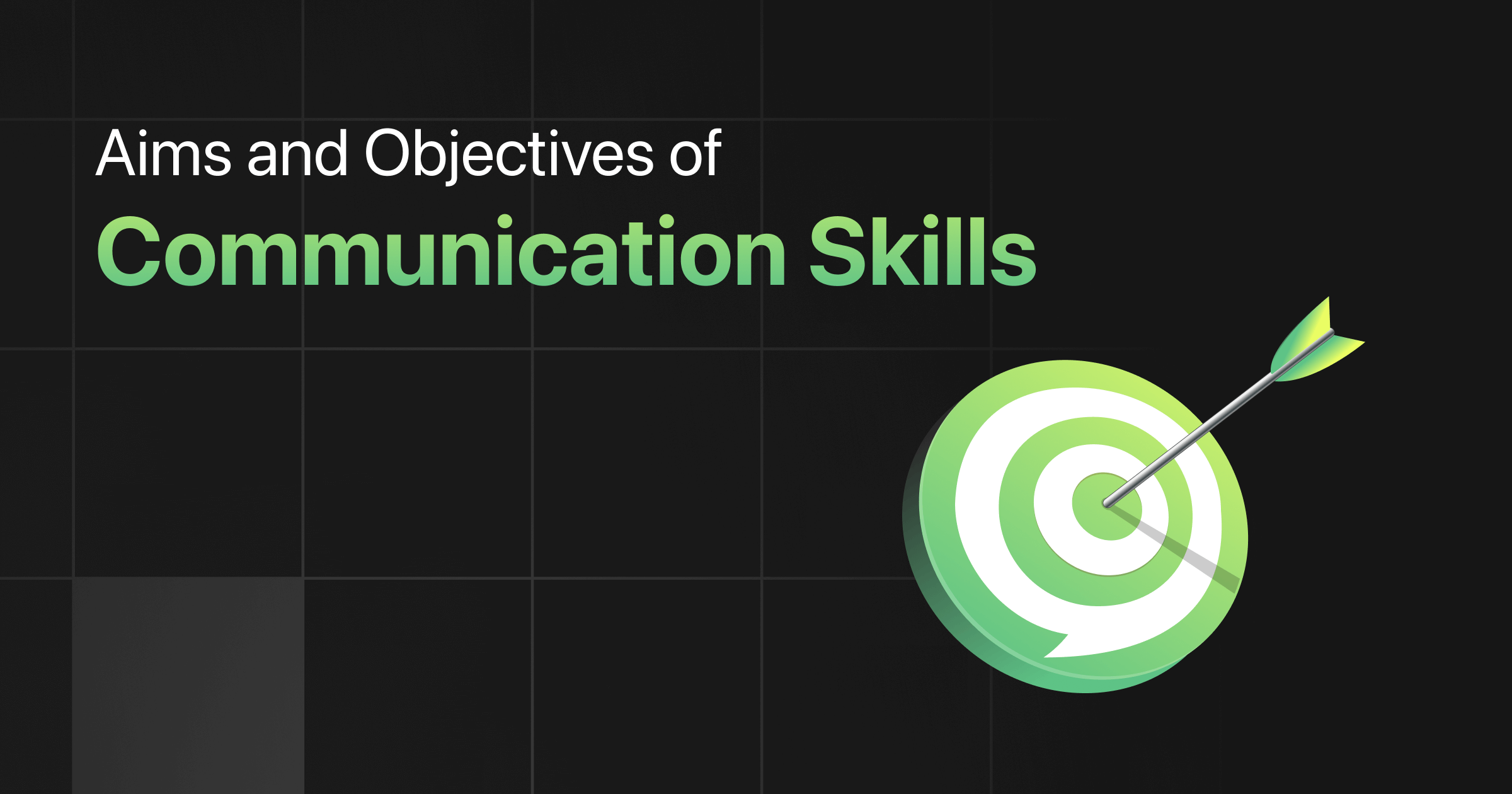
Have you ever wondered why communication skills are so important in today’s world?
Effective communication can make or break a career or personal relationship. That’s why understanding the aims and objectives of communication skills is crucial.
So, let’s get started and discover the significance of mastering communication skills in both personal and professional aspects of life.
Objectives of Communication Skills for Students
The following are the objectives of communication skills:
1. Active Listening



Active listening is a crucial objective of communication skills that involves not just hearing, but also understanding and responding to what is being said. It is an essential skill that enables effective communication and builds strong relationships. Active listening requires focus, attention, and empathy towards the speaker.
One practical example of active listening is paraphrasing. When you paraphrase, you repeat what the speaker has said in your own words to ensure that you have understood correctly. This technique helps to clarify misunderstandings and ensures that both parties are on the same page.
Another example is asking open-ended questions. Open-ended questions require more than a yes or no answer and encourage the speaker to provide more information. By asking open-ended questions, you demonstrate an interest in what the speaker is saying, and it can also help you to gain more insights and perspectives.
For example, in a conversation with a friend who has just returned from a trip, instead of asking “Did you have a good time?”, you could ask “What was your favorite part of the trip?” to encourage a more detailed response.
2. Empathy and Understanding
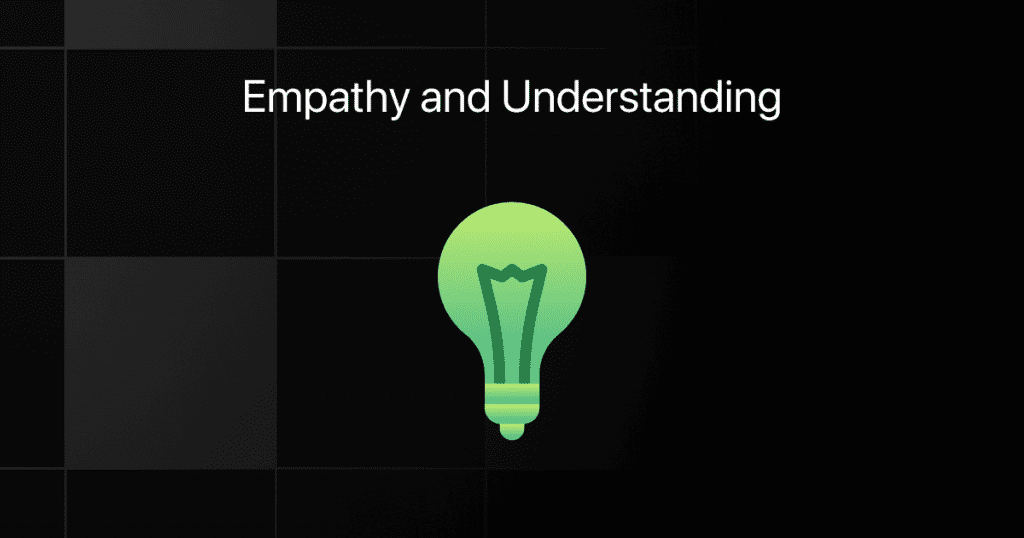


Empathy and understanding are crucial components of effective communication. They involve being able to see things from another person’s perspective and truly understand their thoughts and feelings. When we communicate with empathy and understanding, we are more likely to build strong relationships and avoid misunderstandings.
One practical example of using empathy and understanding in communication is in conflict resolution. If you find yourself in a disagreement with someone, it can be helpful to try to see things from their point of view. You can ask questions to better understand their perspective and acknowledge their feelings.
By doing this, you can create a more open and collaborative conversation, and work towards a resolution that is satisfactory for everyone involved.
3. Clarity and Conciseness



Clarity and conciseness are two essential objectives of communication skills that enable you to express your thoughts and ideas effectively. Clarity refers to the quality of being easily understood and is important in ensuring that your message is not misinterpreted or misunderstood.
Conciseness, on the other hand, refers to the ability to communicate your message in a brief and to-the-point manner, without unnecessary elaboration.
To achieve clarity and conciseness, it is important to be mindful of the language and tone that you use while communicating. Use simple, easy-to-understand language that is appropriate for your audience. Avoid using jargon or technical terms that may be unfamiliar to your listener or reader. Similarly, it is important to use an appropriate tone and pitch that conveys your message effectively.
By employing these techniques, you can communicate your message effectively, ensure that your audience understands your ideas, and achieve your objectives.
4. Non-Verbal Communication
Non-verbal communication is a vital component of effective communication skills. It includes body language, facial expressions, eye contact, posture, tone of voice, and gestures.
Although when talking about various types of communication skills, non-verbal communication often gets forgotten. However, non-verbal communication can convey more meaning than words alone, making it essential to understand its role in effective communication.
For example, suppose you are in a meeting with a potential client, and they are expressing their concerns about your product. Even if you have the perfect response to their questions, if you are slouching, avoiding eye contact, or crossing your arms, you may come across as defensive or disinterested. On the other hand, if you are sitting up straight, maintaining eye contact, and nodding to show that you are actively listening, you are more likely to establish a positive rapport with the client and address their concerns effectively.
Be aware of the non-verbal cues of those around you, as they can provide valuable information about their thoughts and feelings
Aim of Communication Skills for Students
The following are the aims of communication skills for students:
1. Clear and Effective Communication
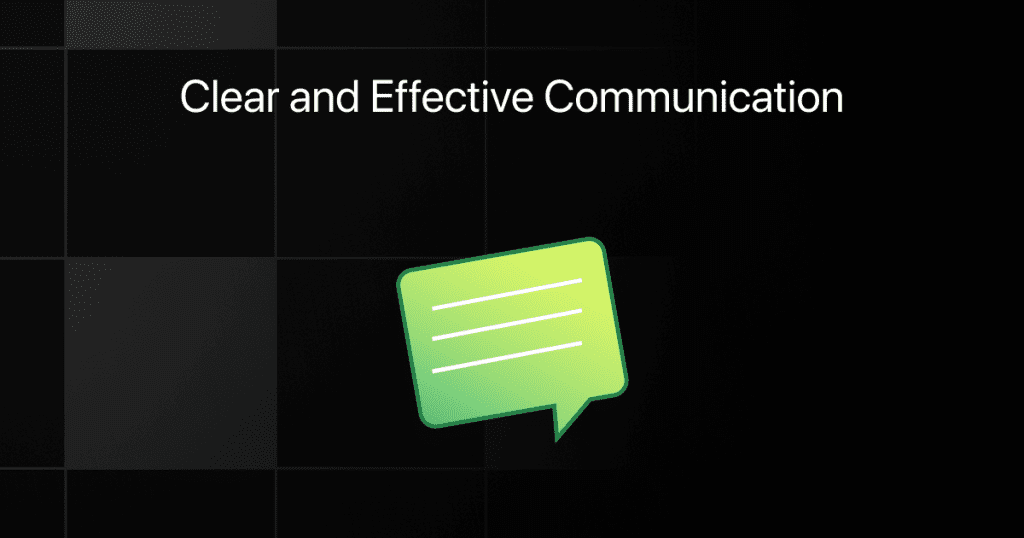


Clear and effective communication is one of the primary aims of developing communication skills. It involves the ability to convey information in a way that is easily understood by the listener or reader. This includes using language that is appropriate to the situation and audience, organizing information in a logical manner, and avoiding ambiguity or confusion.
For example, let’s say you are sending an email to a colleague regarding a work-related issue. To ensure clear and effective communication, you would need to use language that is professional and appropriate to the situation, avoid using jargon or technical terms that your colleague may not understand, and be concise and to the point. This would help avoid any misunderstandings or confusion and ensure that your colleague receives the information they need to act on the issue.
2. Building Strong Relationships



Building strong relationships is one of the key aims of communication skills. Whether it is in personal or professional life, effective communication is essential for establishing and maintaining healthy relationships. Good communication helps to create a sense of trust, respect, and understanding between people, which is crucial for building strong connections.
In personal life, building strong relationships also requires good communication skills. For instance, a couple that communicates effectively is better equipped to understand each other’s needs, desires, and feelings.
By using empathy, understanding, and non-judgmental listening, partners can build a deep and meaningful connection that strengthens their relationship over time.
3. Expressing Ideas and Feelings
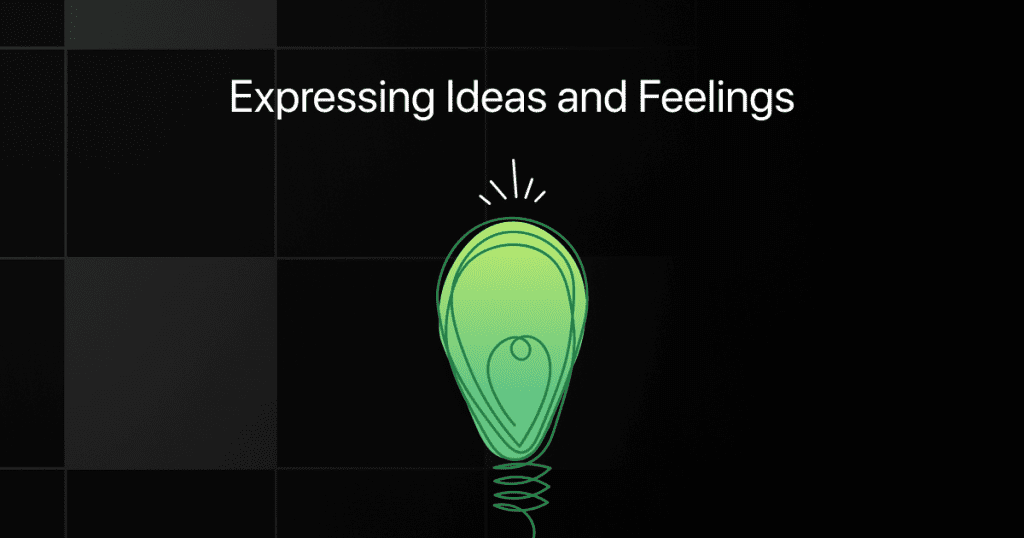


Building strong relationships is one of the key aims of communication skills. It’s the reason why most people today are desperately seeking ways to improve communication skills.
Whether it is in personal or professional life, effective communication is essential for establishing and maintaining healthy relationships. Good communication helps to create a sense of trust, respect, and understanding between people, which is crucial for building strong connections.
In personal life, building strong relationships also requires good communication skills. For instance, a couple that communicates effectively is better equipped to understand each other’s needs, desires, and feelings.
By using empathy, understanding, and non-judgmental listening, partners can build a deep and meaningful connection that strengthens their relationship over time.
Frequently Asked Questions
1. What are the main objectives of effective communication skills in general?
The following are the main objectives of effective communication skills:
- Empathy and Understanding
- Clarity and Conciseness
- Non-Verbal Communication
- Feedback and Adaptability
2. What is the aim of effective communication skills for students?
The following are the aims of effective communication skills for students:
- Clear and Effective Communication
- Building Strong Relationships
- Expressing Ideas and Feelings
- Achieving Personal and Professional Goals
Final Words
We hope that this blog on the Aims and Objectives of Communication Skills has been informative and helpful. It’s a gift to know the art of effective communication. Yet, communication is a skill that anyone could master. There are several YouTube channels, books, and games to help you in this pursuit.
If you have any questions, suggestions, or feedback, please feel free to comment below. We would love to hear from you and engage in a discussion about this important topic.
Related Posts
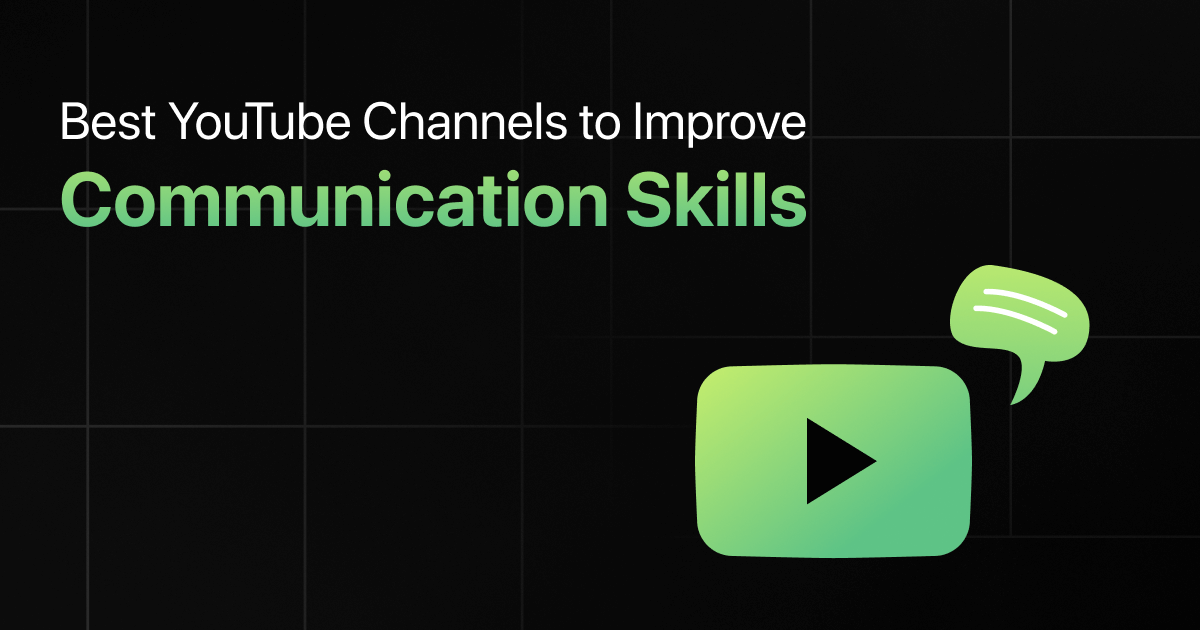

Best YouTube Channels to Improve Communication Skills
Are you struggling to effectively communicate with others? Do you want to improve your public speaking or presentation skills? Look …








